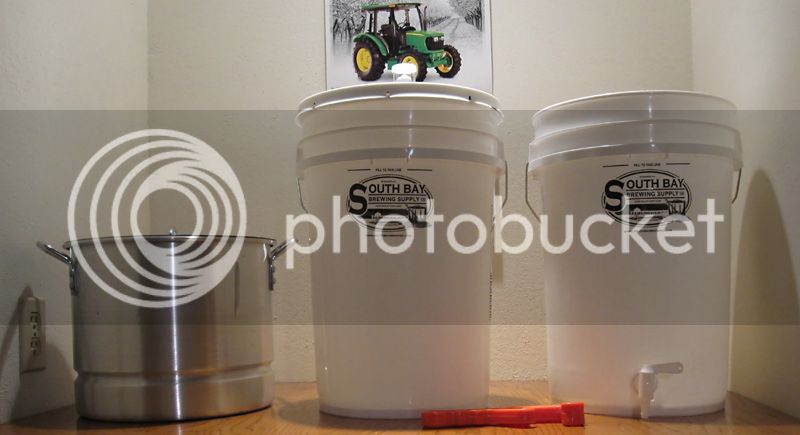trapanesed
Member
- Joined
- Feb 15, 2014
- Messages
- 15
- Reaction score
- 0
Hey guys I'm new to the brewing scene and need some advice. To begin with, I'm brewing my first IPA extract kit. I forgot to take and initial specific gravity reading, and I do not know what the ending specific gravity should be. The kit says let it ferment for two weeks; however, my temp is a little low (64 degrees) and I'm wondering if I should leave it in longer. Also, I noticed that my secondary carboy does not have an airlock. Should I put an airlock on it during the dry hop phase. Sorry for the huge question. Thanks
Sent from my iPad using Home Brew
Sent from my iPad using Home Brew







